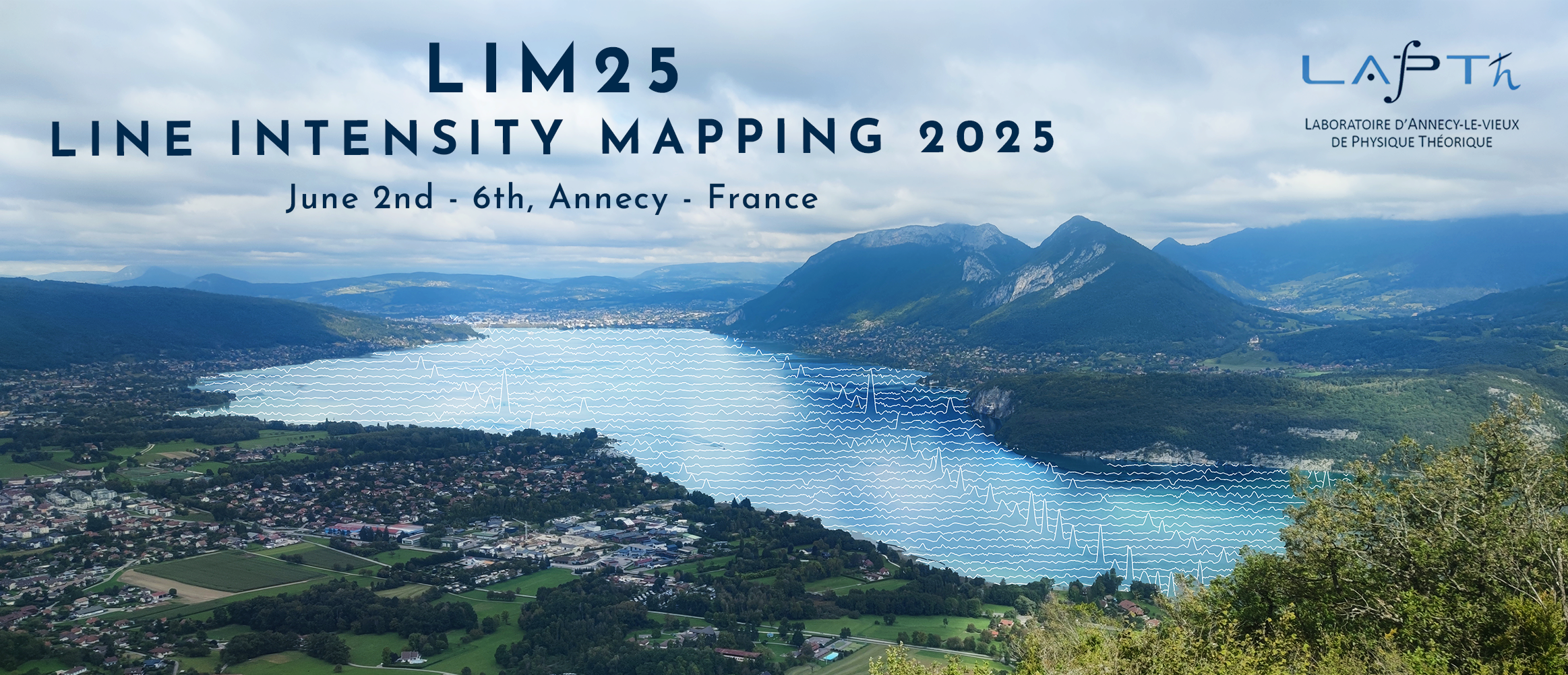Orateur
Description
The incredible potential of 21cm line intensity mapping as a probe of early structure formation, stellar and galactic evolution, the thermal history of the IGM and cosmology have been understood since the late 1990's. Nevertheless, despite recent breakthroughs at low redshifts, and ever-tightening limits at high redshift, this potential has not been realized as fully as might have been expected twenty years ago. The fundamental reason for this is a nasty conjunction of spectrally-structured instrumental systematics and extremely bright foregrounds, whose joint properties are still not understood at the high precision required to separate them from the 21cm signal. In this talk, I will review some of these systematics, and recent developments in analysis techniques designed to overcome them, giving a sense for where current observational efforts stand. I will exemplify these issues by concentrating on recent improvements by the HERA collaboration, whose unique strategy have thus far yielded the most stringent upper limits on the pre-reionization 21cm power spectrum. In doing so, I will cover topics of relevance for all experiments, including inpainting of flagged data, mutual coupling, gain calibration and the modelling of systematic residuals for propagation towards astrophysical inference.

